Earliest Known Tibetan Mandala to be offered at TEFAF Maastricht 2014
TEFAF Maastricht will take place at the Maastricht Exhibition and Congress Centre (MECC) on the 14 – 23 March 2014. Widely regarded as the world’s leading art fair, renowned for its commitment to excellence, expertise and elegance, TEFAF features only top level artworks, vetted for authenticity by international experts, shown by the finest dealers, all of whom have been subject to a strict selection process.

Mandala of Vajradhâtu, Tibet, 11th century, Distemper on cotton, 125 cm square, Rossi & Rossi, TEFAF 2014, Stand no. 166
Rossi & Rossi, specialists in classical and contemporary Indian and Himalayan art- particularly that of Tibet, will be amongst those returning to the Netherlands this spring with a selection of fine traditional works. One of the biggest draws to their stand (no. 166) will no doubt be the presentation of the unusually large and very early Vajradhatu mandala. The rare, distemper painting on cotton dates from the 11th century and was shown at the gallery’s Mayfair townhouse premises in the exhibition ‘Gods and Demons of the Himalayas’ during Asian Art in London 2012. Measuring 125 cm square the Mongolian art masterpiece is of a monumental size. Offered for sale at $2.2 million, it has been part of a private European collection since the 1980s, was shown in the exhibition ‘Himalayas: An Aesthetic Adventure’ at two American venues in 2003 and 2004 and has been extensively published. This important and complex màndala (from the Sanskrit for circle) represents the Adamantine Sphere (Vajradhatu). It is possibly the earliest extant painted rendition of Buddhist symbolism and Indian conceptions, laid down in the Sanskrit texts and thought to have been translated into Tibetan in the 8th-9th and 11th-14th centuries. Buddahs, Bodhisattvas and guardians occupy the passages and inner chambers of the palace, arranged according to the Indian tantric schools.
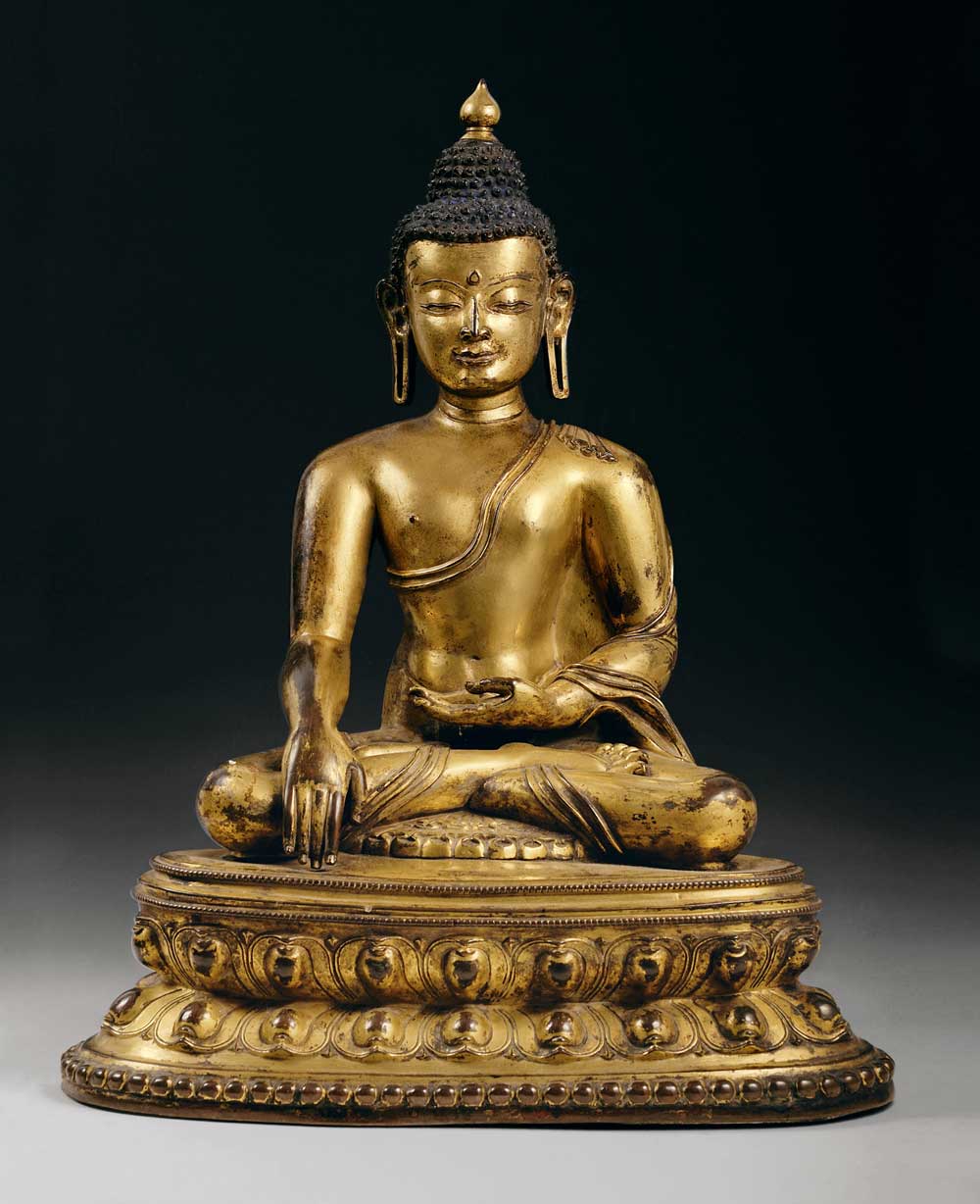
Buddha Shâkyamuni
Tibet, 14th century
Gilt brass, cast in several pieces
Height: 59 cm
Rossi & Rossi, TEFAF 2014 Stand no. 166
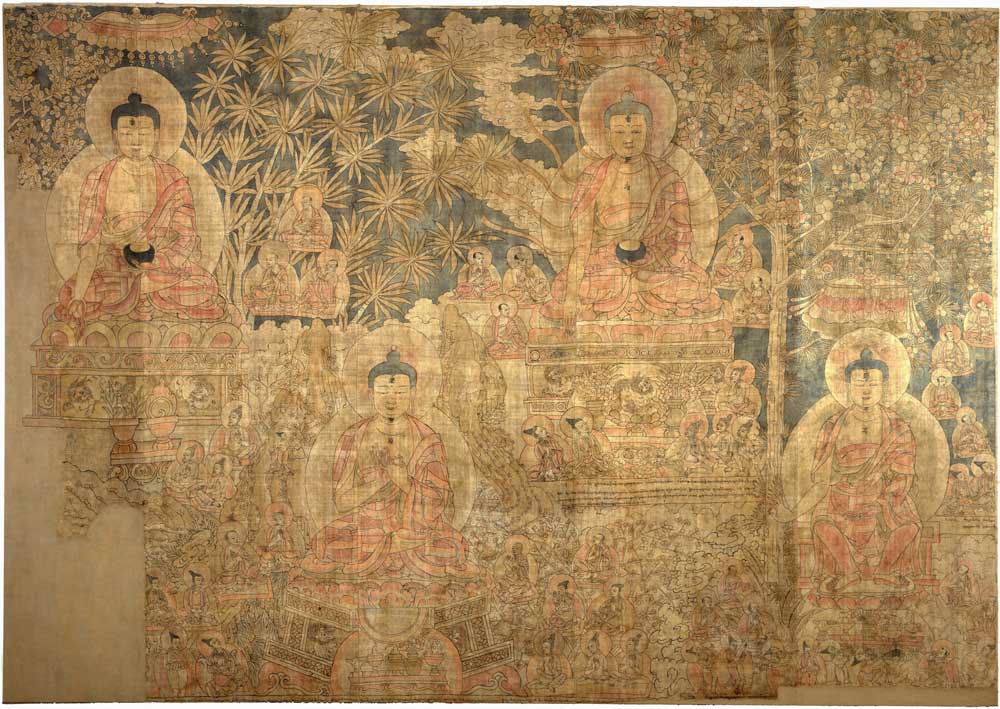
Shâkyamuni’s Miracles
Tibet, eastern region 14th century
Distemper on cotton
172 x 241 cm
Rossi & Rossi, TEFAF 2014 Stand no. 166

Vajrasattva Shakti
Mongolia School of Zanabazar, late 17th-early 18th century
Gilt bronze with painted details
Height: 25 cm
Rossi & Rossi, TEFAF 2014 Stand no. 166
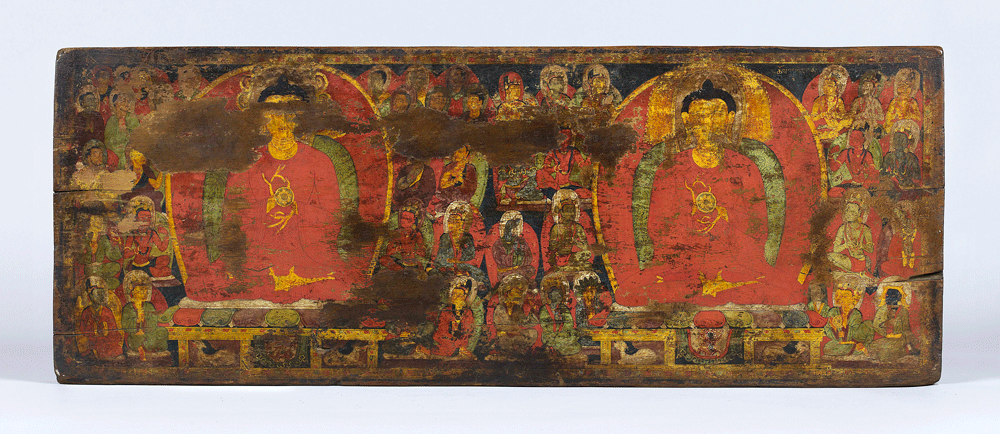
Manuscript Cover
Tibet, 12th century
Carved, painted and gilded wood
28 x 73 x 3 cm
Rossi & Rossi, TEFAF 2014 Stand no. 166
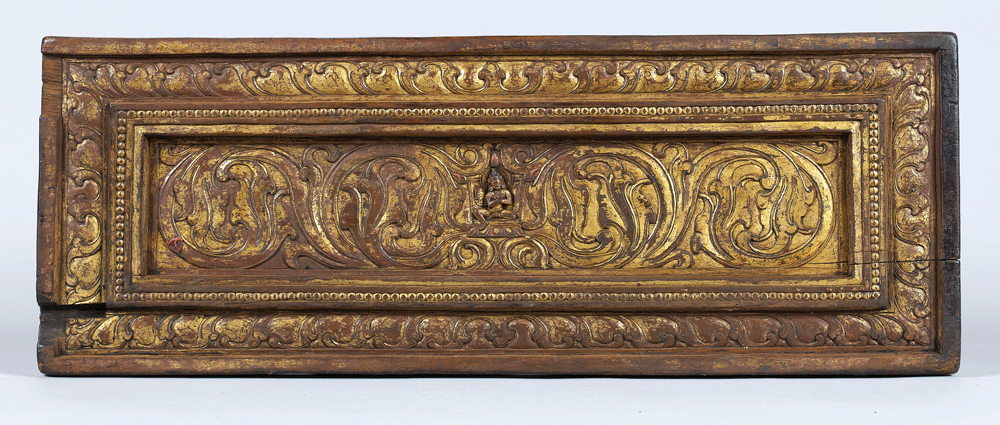
Manuscript Cover
Tibet, 12th century
Carved, painted and gilded wood
28 x 73 x 3 cm
Rossi & Rossi, TEFAF 2014 Stand no. 166
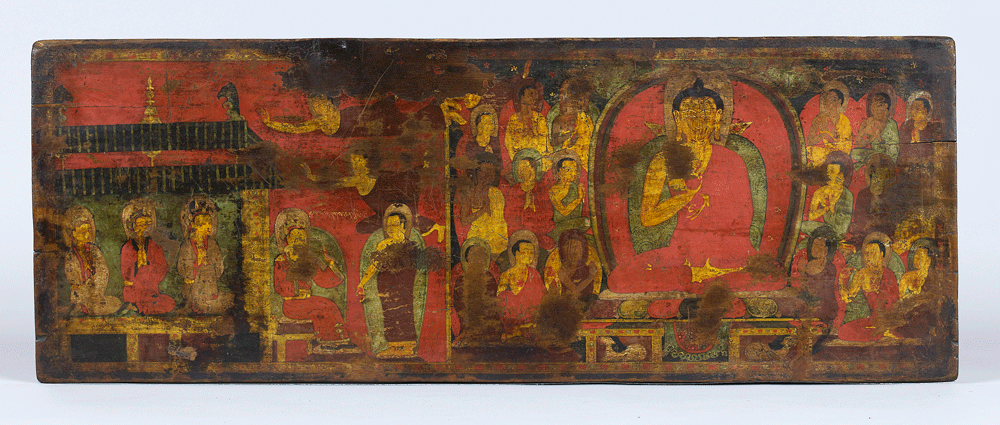
Manuscript Cover
Tibet, 12th century
Carved, painted and gilded wood
28 x 73 x 3 cm
Rossi & Rossi, TEFAF 2014 Stand no. 166
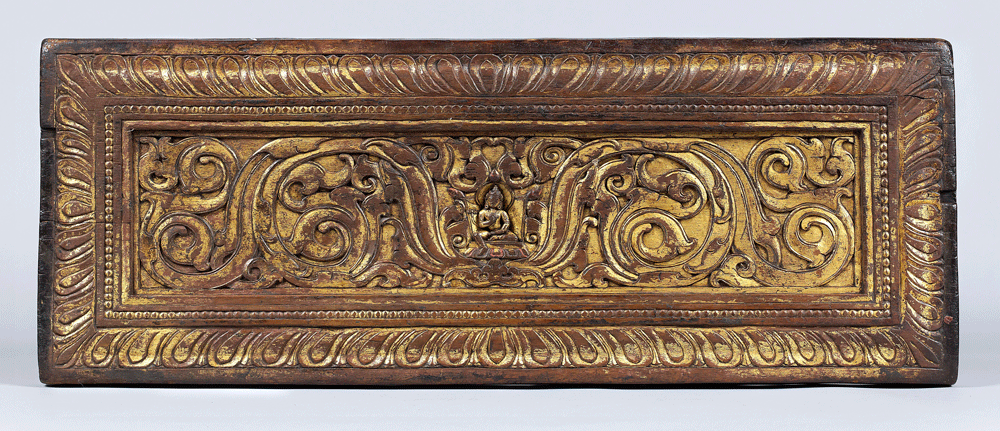
Manuscript Cover
Tibet, 12th century
Carved, painted and gilded wood
28 x 73 x 3 cm
Rossi & Rossi, TEFAF 2014 Stand no. 166
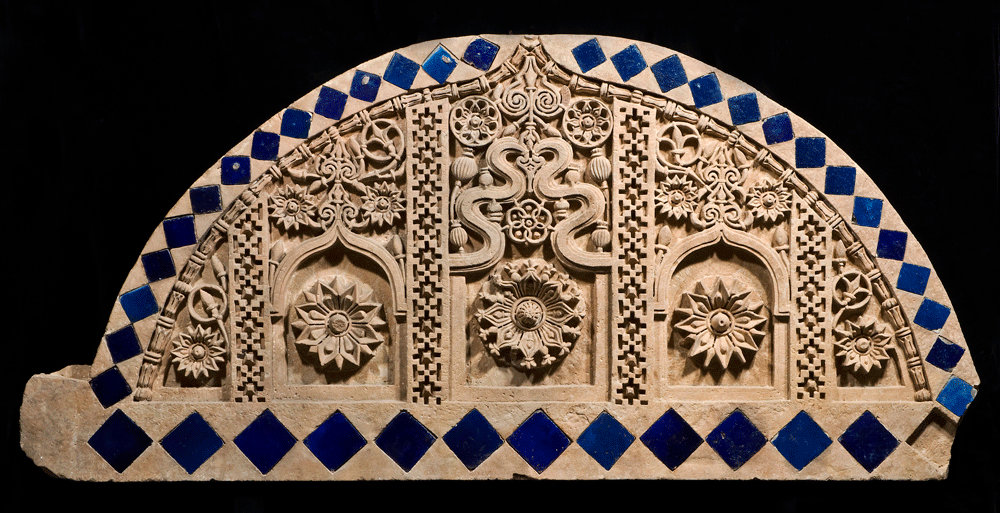
Tympanum
India, Sindh or Rajasthan, late 16th- early 17th century
Sandstone carved and set with glazed ceramic tiles
75 x 160 x 9 cm
Rossi & Rossi, TEFAF 2014 Stand no. 166


























Comments [0] Sign in to comment